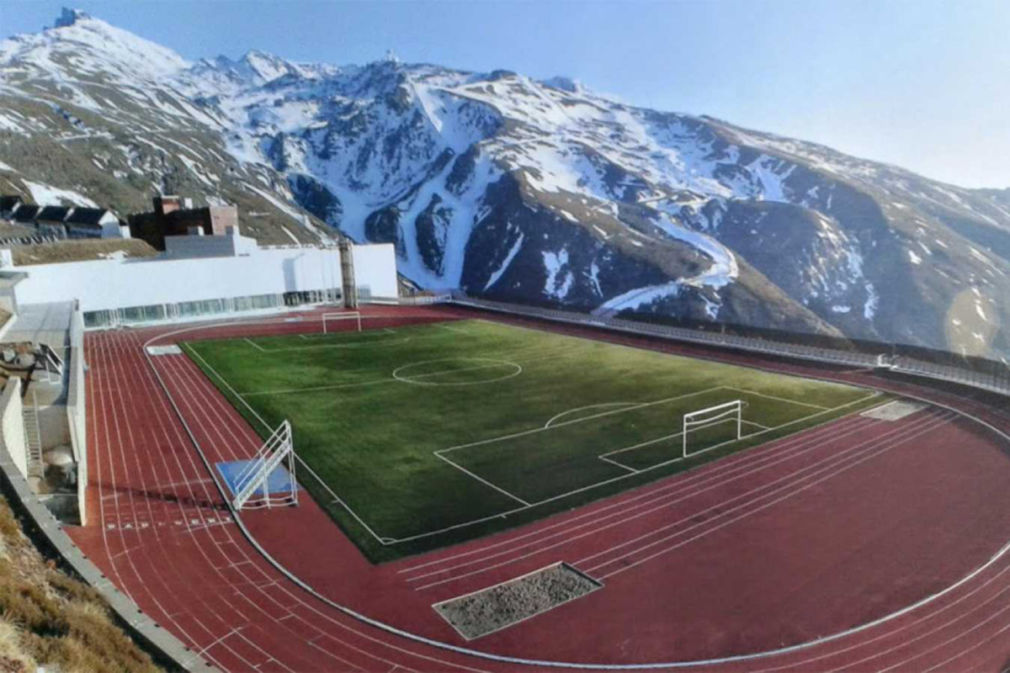HYPOXIA TRAINING
Hello friends, we are here again, this time to bring you a new training
method, which for many, perhaps, unknown sea. This is training in hypoxia,
whose relationship with the latest messages about VO2max and mountain training
is completely direct.
Hypoxia training is a legal, safe and effective training method (there are
studies that support it) to improve physical performance. It is a method whose
main characteristic is to train with partial pressures of gases in the air,
which are decreased, either by the height of the mountain or simulated by
technological devices. This leads to changes in uptake and respiratory
processes, producing different physiological adaptations in the athlete's body,
especially, increasing hematopoiesis.
This training method has three variants, and all three seek the same
benefit:
- Stay at height (LHTH): live high and train high
- Stay at height and train low (LHTL)
- Stay low and train high (LLTH). Within this method we find IHE
(Intermittent Hypoxic Exposure) and IHT (Intermittent Hypoxic Training).
To carry out this training, oxygen saturation in the air is key. For this,
using any of the three methods mentioned above we can achieve it. In this case,
it is necessary to simulate or practice the sport specifically at heights that
exceed the threshold of 2000 meters above sea level. To start this type of
training, it is very important to have stable iron levels, since it is in
charge of the transport of oxygen and the production of hemoglobin, and
therefore, a deficit in it, this method can be ruined. Once this aspect is
assured, it is important to have good training planning, that is, a training
adapted to hypoxia, where performance, especially the first days, will be
negatively affected by up to 25%. We need to leave our body a few days of
adaptation or acclimatization. The number of days depends on the athlete, there
are those who adapt faster (responders and non-responders). During the stay it
is very important to hydrate very well, since one of the characteristics of the
altitude is dehydration, in addition to carrying out supplementation and
nutrition adapted to this method. In complete safety, this nutrition will have
an extra carbohydrate, since consumption during hypoxia is increased.
I leave you here a video of my friend Álvaro, where he talks about the
previous methods and tests an investigation of the IHT method:
https://www.youtube.com/watch?v=bqcWWBnCAVo
To conclude, clarify that the simulation at heights above 2000 meters is
not better or worse, but that the height must be specifically adapted to the
sport and the athlete.
Before dismissing the post, I leave you this image of the CAR (high
performance center) of Sierra Nevada, where you can do hypoxic training.

• Robert F. Chapman et
al. J Appl Physiol (October 24, 2013). Defining the “Dose” of Altitude
Training: How High to Live for Optimal Sea Level Performance Enhancement.
• Eckardt KU et al.
Appl Physiol 66:1785-1788, 1989. Rate of erythropoietin formation in humans in
response to acute hypobaric hypoxia.
• Hun-young Park, et
col. The effects of altitude/hypoxic training on oxygen delivery capacity of
the blood and aerobic exercise capacity in elite athletes – a metaanalysis. J
Exerc Nutrition Biochem. 2016;20(1):015-022.
Comentarios
Publicar un comentario